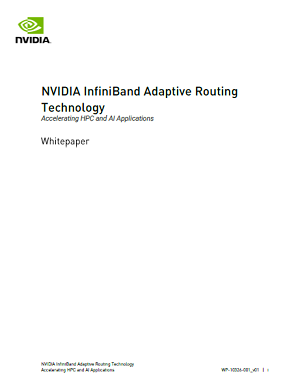By Chris Mellor • Get more from this author
Here’s a lovely leaked Intel SSD roadmap – thank you engadget – showing six 25nm products coming plus two more 34nm single-level cell speedsters by the end of the year.
Intel’s SSD range is moving from 34nm process geometry to 25nm geometry. The previous X25 and X18 branding has changed to 300, 500 and 700 brands and the most recent announcements have been the 25nm 320, which replaces the prior X25-M, and the 34nm, 2-bit multi-level cell (MLC) 510.
First up on the Intel flash roadmap slide is the already-announced 320, depicted as three related products. Next is a 710 “Lyndonville”, another MLC device using “MLC-HET” flash, whatever that is, with 100, 200 and 400GB capacity points in a 2.5-inch form factor and a 3Gbit/sec SATA interface. It’s due at the earliest before the end of June and replaces the lowered of the existing X25-E product, Intel’s fastest flash, which uses single-level cell (SLC) NAND.
The high-end of the X25-E product market is replaced by a planned 720 “Ramsdale”, slated for the third quarter of this year. It is an SLC product with a PCIe 6Gbit/s interface – watch out Fusion-io, OCZ and Virident – with 200GB and 400GB capacity points.
Also due in the third quarter is a 3xx product, code-named “Larsen Creek”, using SLC flash in a 2.5-inch form factor with a 20GB capacity point and SATA and mSATA 3Gbit/s interfaces. The Intel slide awards this a “POR” status, presumably more advanced in its productisation that the “planned” status of the “Ramsdale” device. It is termed a caching product.
Stepping into the fourth quarter we have a 520 “Cherryville”, a 25nm MLC product, with 64, 120, 240 and 480GB capacities, that looks to effectively replace the 34nm 510. Cherryville has a 6Gbit/s SATA interface, like the 510.
There is also a planned, not “POR”, 3xx “Paint Creek” product, in 40 and 80GB MLC flash capacity points, with a 3Gbit/s mSATA interface.
Intel is shaping up to be a strong and vertically-integrated flash supplier that will compete at foundry and finished device levels with OCZ, Samsung/Seagate/Fusion-io, STEC, Toshiba/Violin, and everybody else as well. With Intel a volume-driven commoditiser, the days of niche flash product suppliers charging a premium, such as Fusion-io for its PCI-e products and STEC for its Fibre Channel ones, are going to draw to a close.
Niche flash product vendors take note: the consolidation that’s happened in the hard disk drive industry is probably going to happen in the NAND flash industry as well. You better be prepared for that because you are on somebody’s future lunch menu right now. ®
This article originally appeared in The Register.




